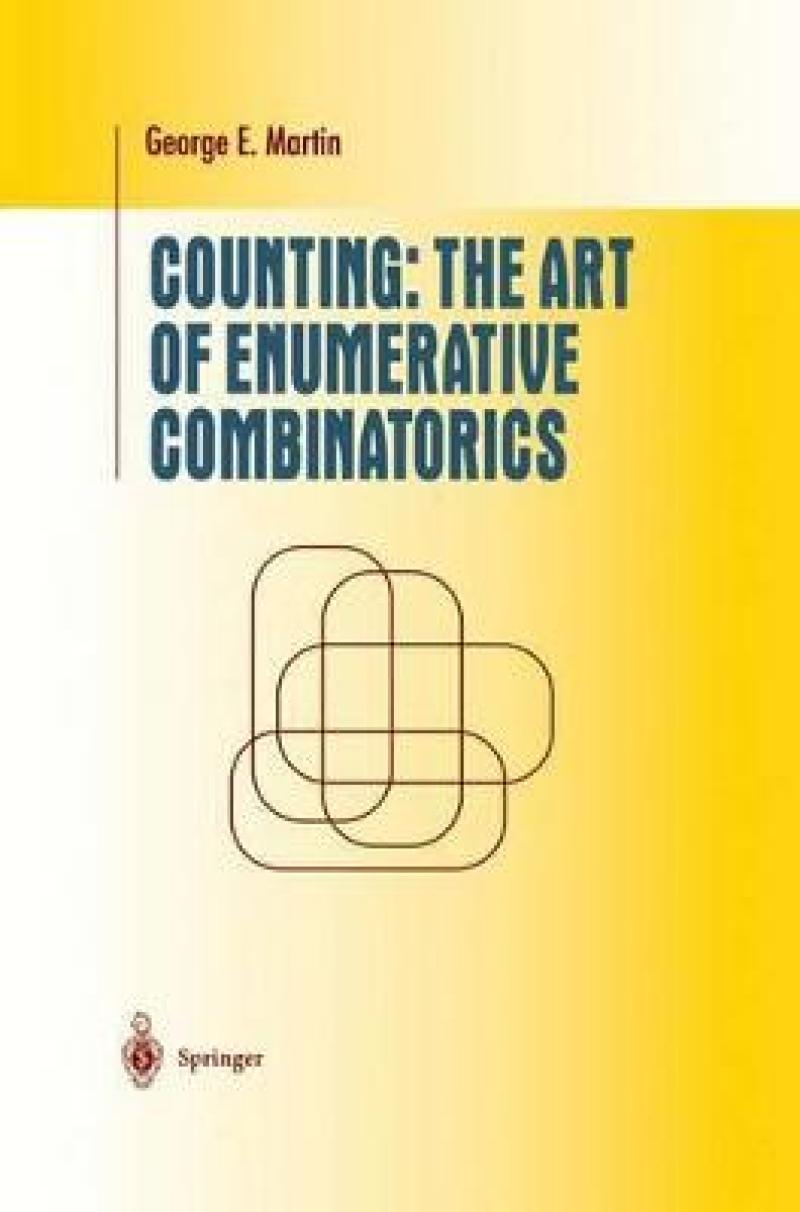Produktdetaljer
Biographical note
From the reviews:
"Much of Martin’s charming and accessible text could be used with bright school students. … The book is rounded off by a section called ‘The back of the book’ which includes solutions and discussion of many exercises. George E. Martin is a remarkable writer who brings combinatorics alive. He has written a splendid introduction that requires very few prerequisites, yet soon delivers the reader into some highly effective methods of counting. The book is highly recommended." (S. C. Russen, The Mathematical Gazette, Vol. 88 (551), 2004)
"This truly is an undergraduate mathematics text; parts of it could be the text for a high school combinatorics course. The author has made a successful effort to illuminate and teach the elementary parts of combinatorics. He uses examples and problems to teach; there are 245 problems in Chapter 1! … If I were not retired and had been asked to teach an undergraduate course in combinatorics, I would have liked to use this book." (W. Moser, Mathematical Reviews, Issue 2002 g)
"This book is a nice textbook on enumerative combinatorics to undergraduates. It introduces the most important ideas … . A lot of ‘easy’ applications are given and homework is listed (with hints). The book also touches some elementary graph enumeration problems. The text is clear and easy to follow. It is even suitable to learn it alone, which is also aided by nice exam problems." (Péter L. Erdös, Zentralblatt MATH, Vol. 968, 2001)
"The teaching of topics in discrete mathematics is becoming increasingly popular and this text contains chapters on a number of pertinent areas for exposure at an elementary level. … The author uses non-worked discovery-type examples to lead into observations about the material. … There are many interesting exercises for the student to attempt. These are spread throughout the various chapters and are effective in developing interest in the topics. The book contains a‘Back of the Book’ section rather than an Answers section." (M. J. Williams, The Australian Mathematical Society Gazette, Vol. 29 (1), 2002)
